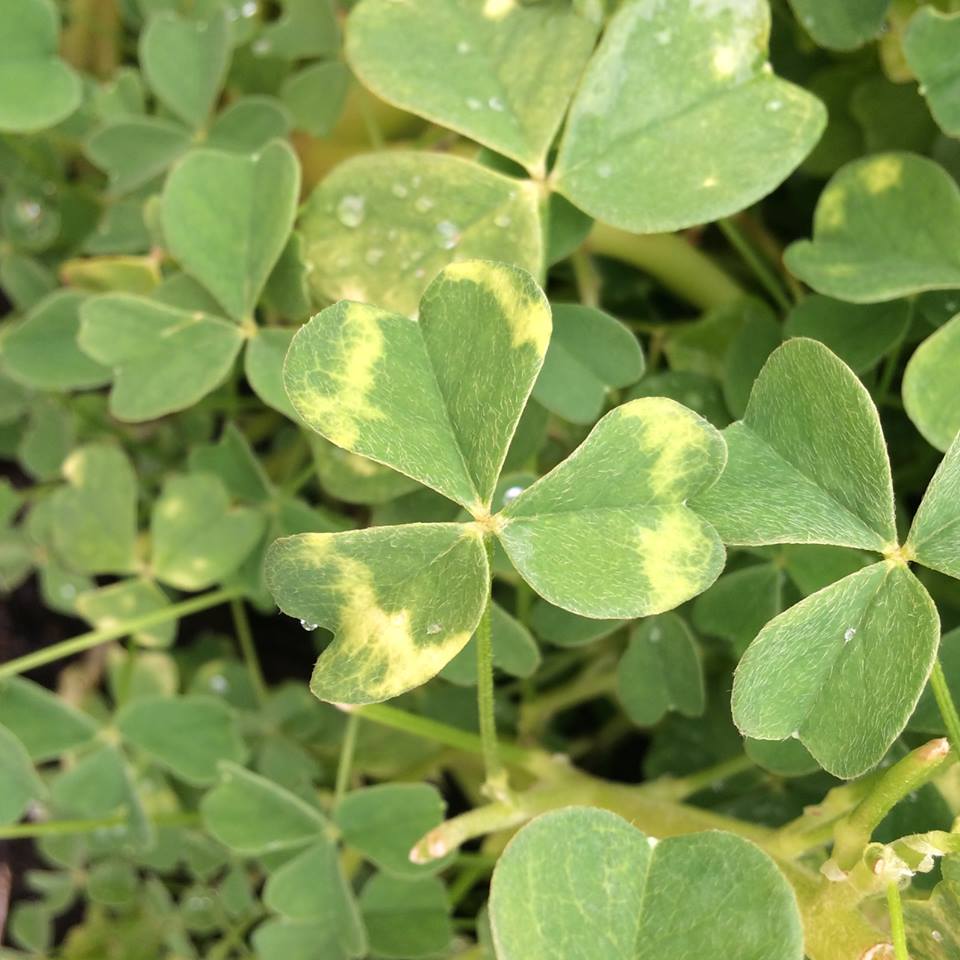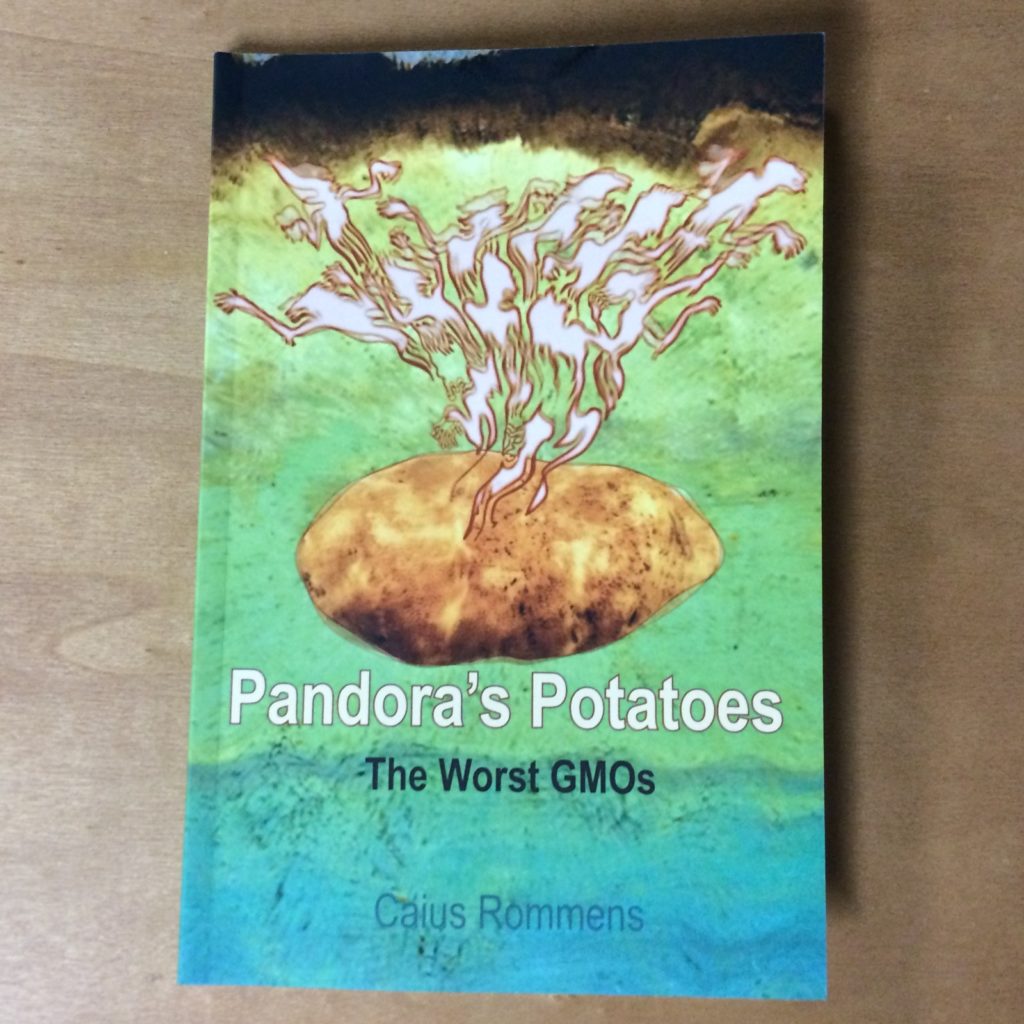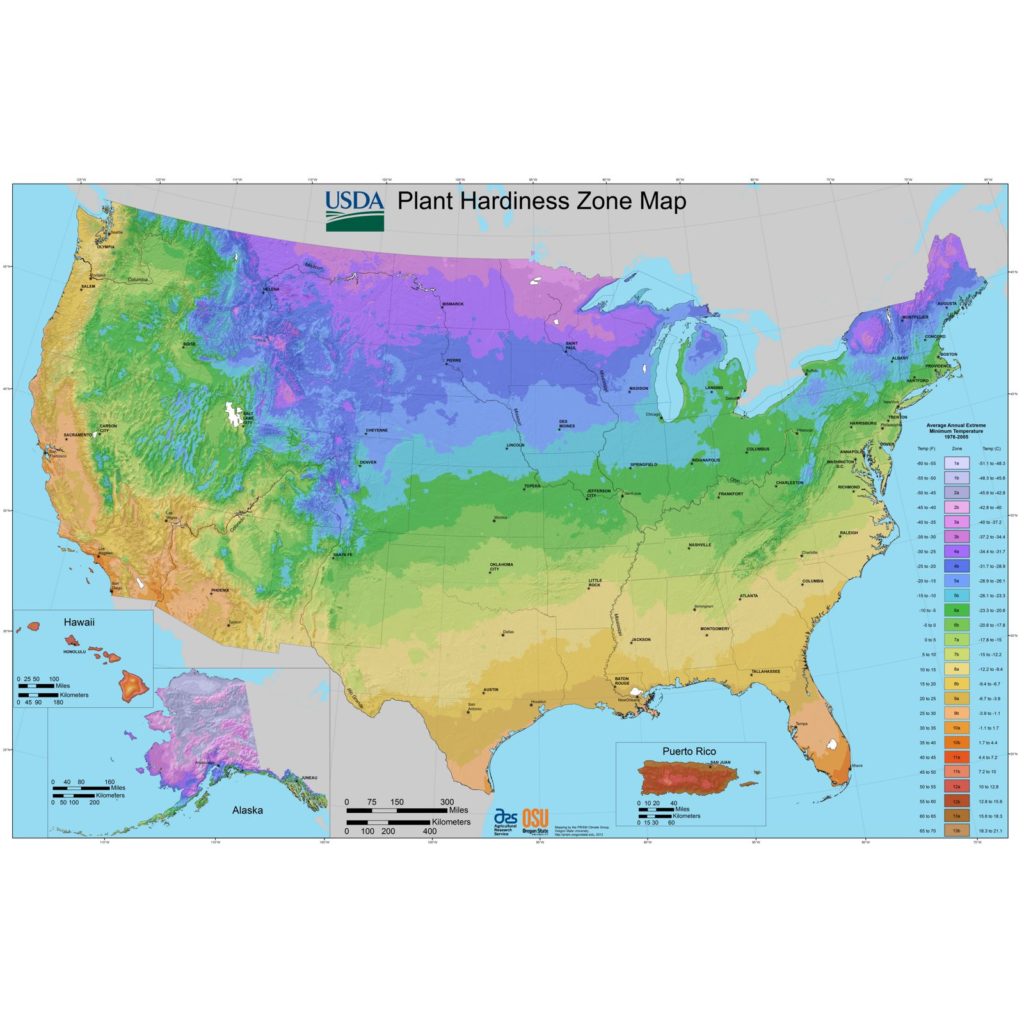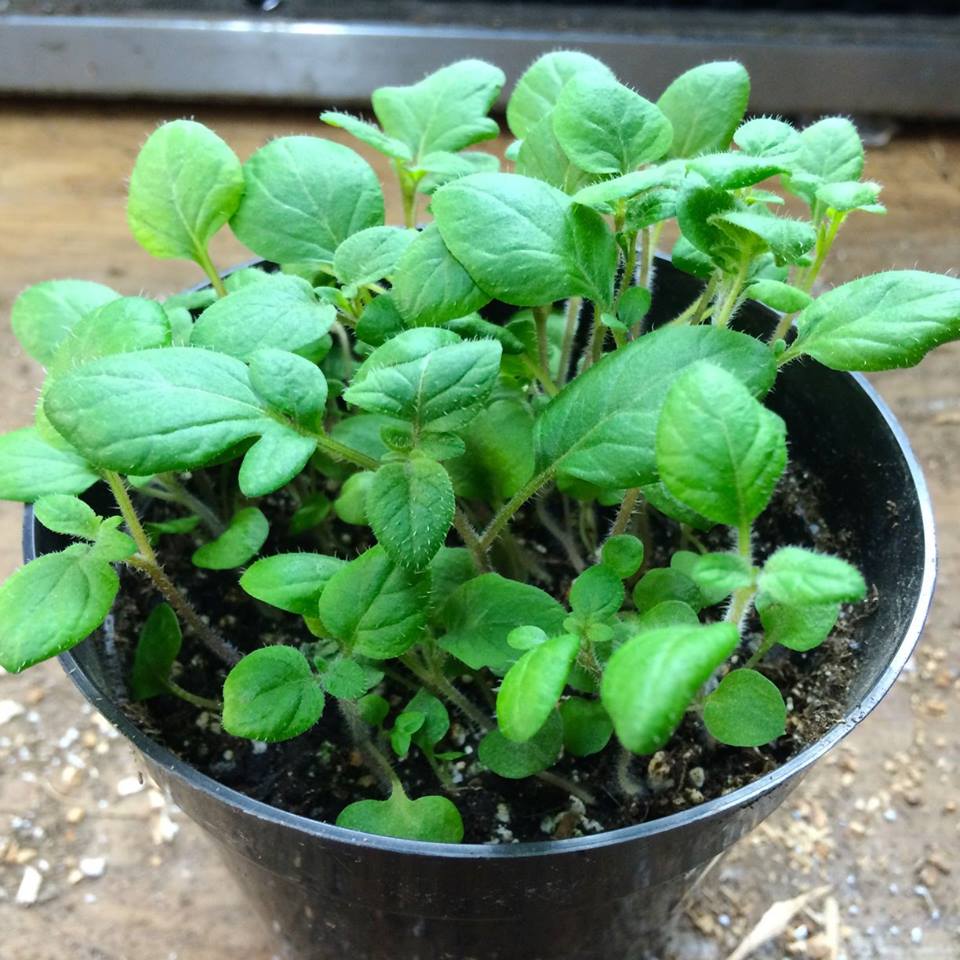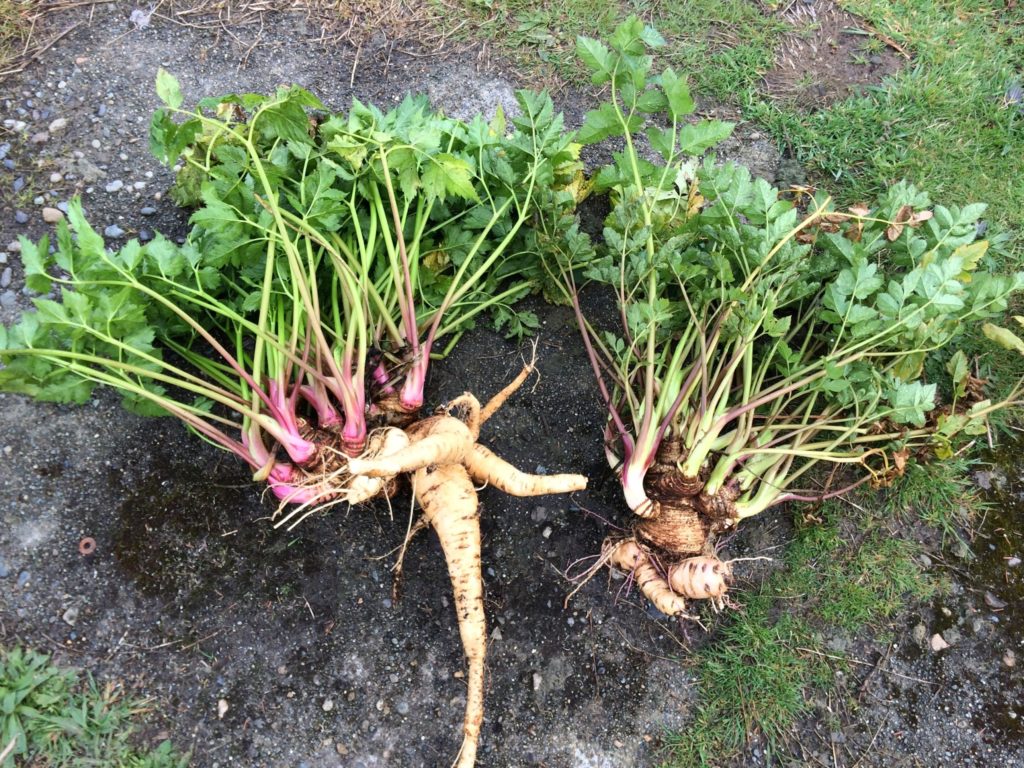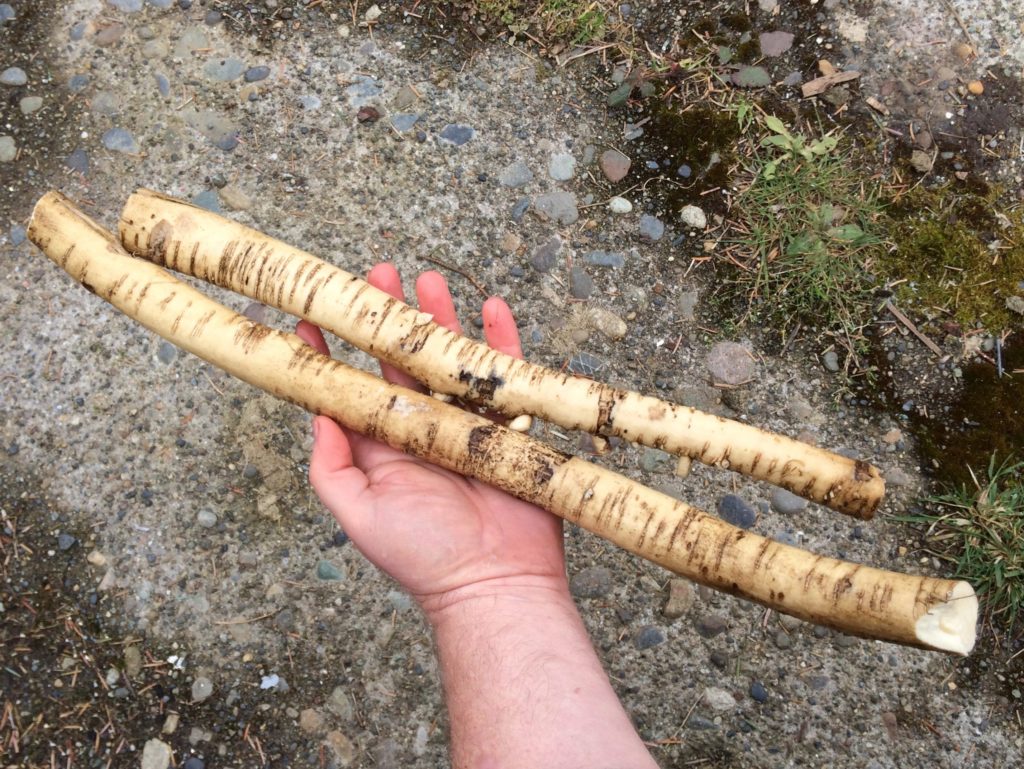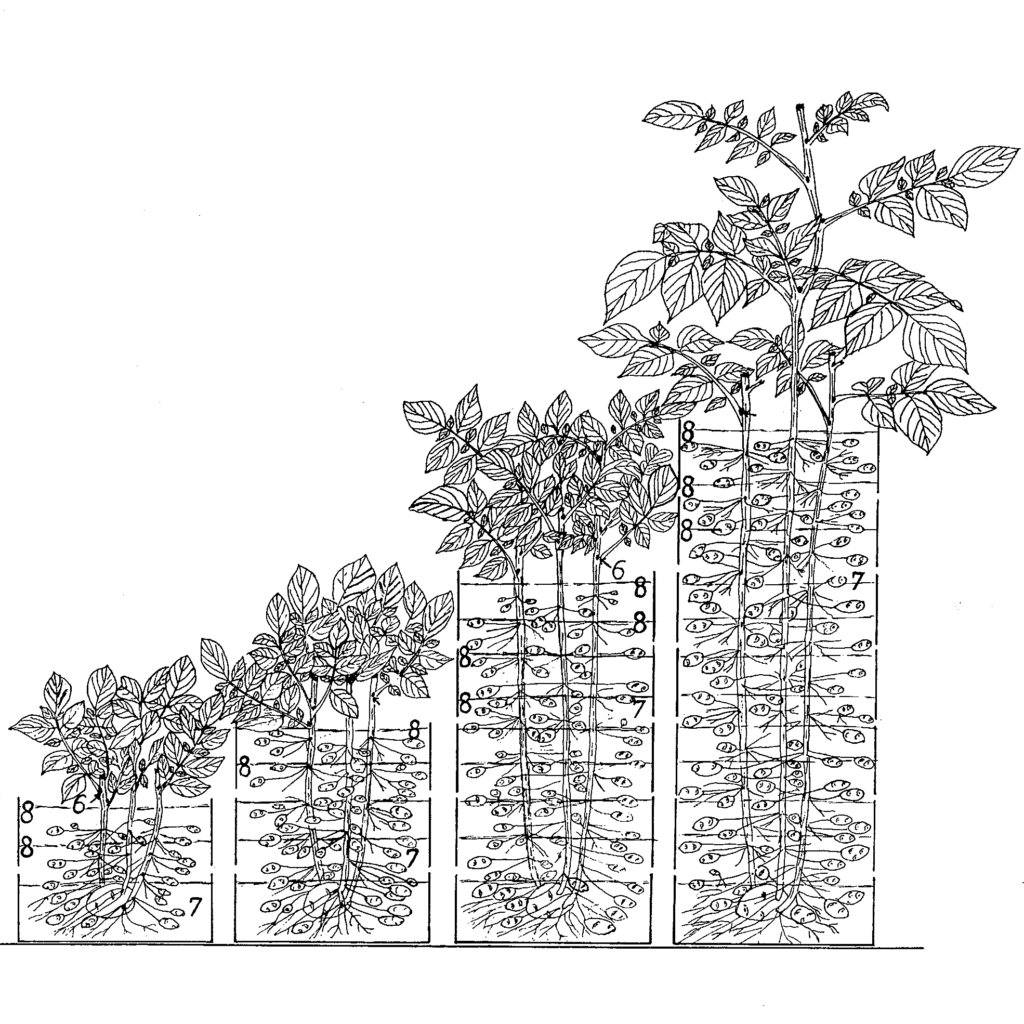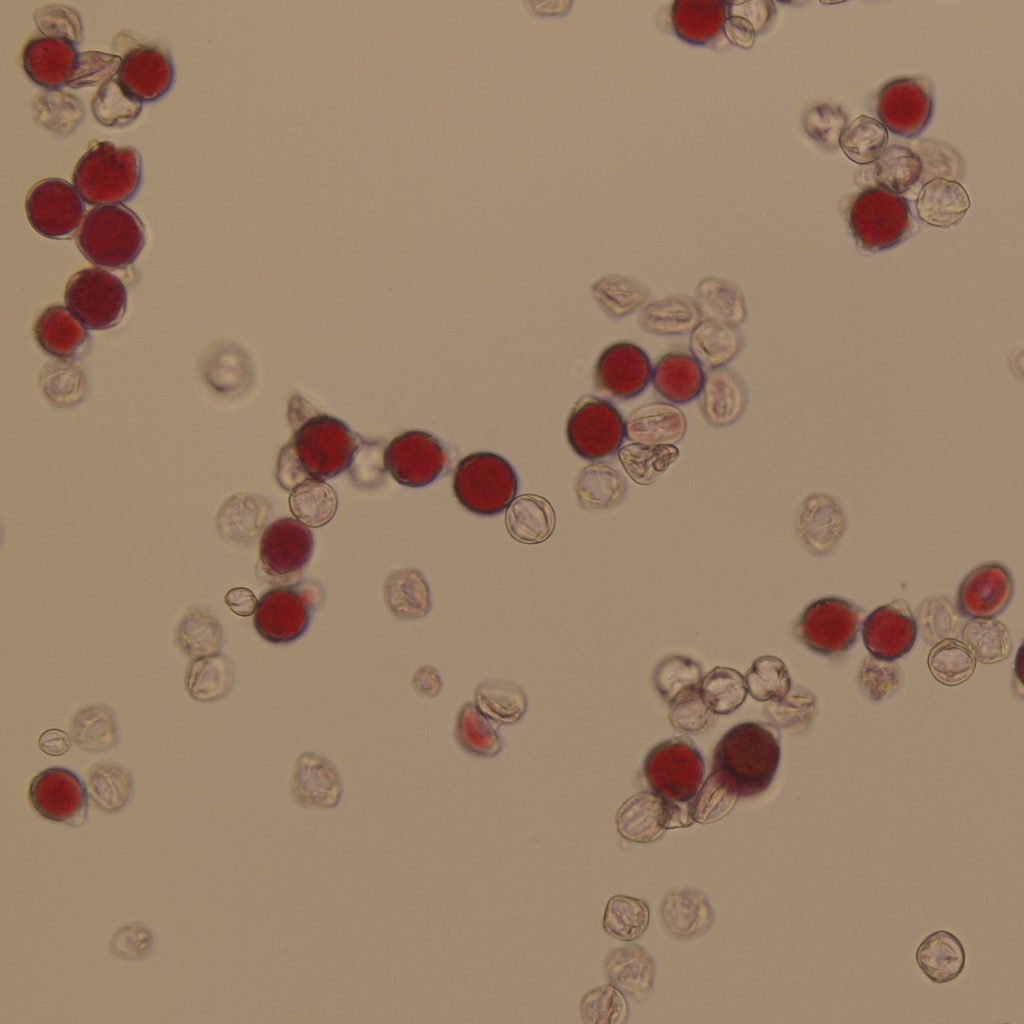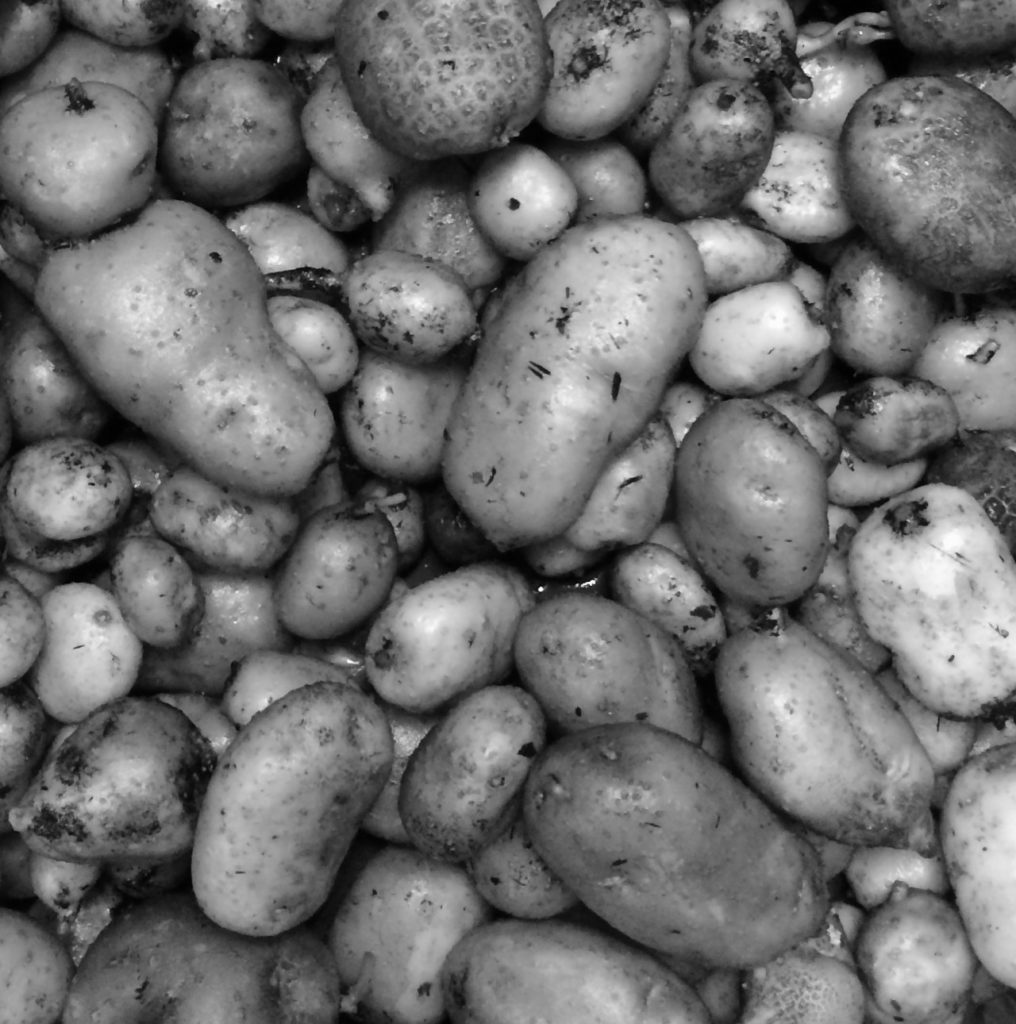I was recently interviewed for the Free the Seed podcast, where we discussed the selection of our new potato variety Rozette. This blog post is a companion to that podcast. The Pacific Northwest has a few heirloom potatoes that precede large scale settlement of the area by Europeans. The most famous of these potatoes is […]
Category Archives: Blog
I recently spotted virus symptoms of a sort that I haven’t seen before on an oca plant. Although oca is frequently infected with several different viruses, they are typically asymptomatic. This plant had some lower leaves with obvious yellowing and mosaic and some leaf tip browning. I ran it through a few ELISA tests for […]
Update: It appears that this book is no longer available from any supplier. Because the book was so briefly available, I wonder if this post still serves much purpose. It attracts a lot of hits, but I’m not sure that they are the kinds of hits that I want. I have recently cleared out many […]
One of the most common types of questions that I get is also the most vexing: What is the USDA zone for <plant>? USDA Zones have a very specific and narrow application, but they get used for all sorts of inappropriate things. The only thing that a USDA zone can really tell you is whether […]
Growing new varieties of potatoes from true potato seeds is a lot of fun, but there is definitely a learning curve. This post covers some of the most common mistakes that I have seen beginners make (and, in many cases, once made myself). 1. Starting too early This is probably the cardinal sin of growing […]
Arracacha (Arracacia xanthorrhiza) is just the sort of plant that I normally try to talk myself out of growing. It is delicious, but a real challenge to grow in most climates. It originated in the middle elevations of the Andes, a Goldilocks climate where temperatures are neither too hot nor too cold, but just right. […]
I get a lot of questions about how to harvest and use sea kale as a root vegetable. Sea kale is more commonly grown for its spring shoots, but all parts of the plant are edible, including the roots. Plants that are two years old or more can produce very large roots that represent a […]
Overview Potato towers are a form of extreme hilling that uses a structure to add a foot or more of soil above the seed tuber. Towers are not a new idea, but they have only become popular in recent years. Potatoes are normally hilled up about six inches, whether they are grown in the ground […]
The majority of modern potato cultivars suffer from male sterility; they either produce little to no pollen or the pollen that they produce is not viable. Male sterility is part of a complex of traits that makes life difficult for potato breeders. Some varieties rarely flower at all, others will flower but rarely form berries […]
This post is not really meant to be read start to finish. The intent is that it will be picked up by search engines so that breeders and researchers working with these accessions in the future can find this information. We use accessions supplied by the USDA in some of our breeding work. This report […]


